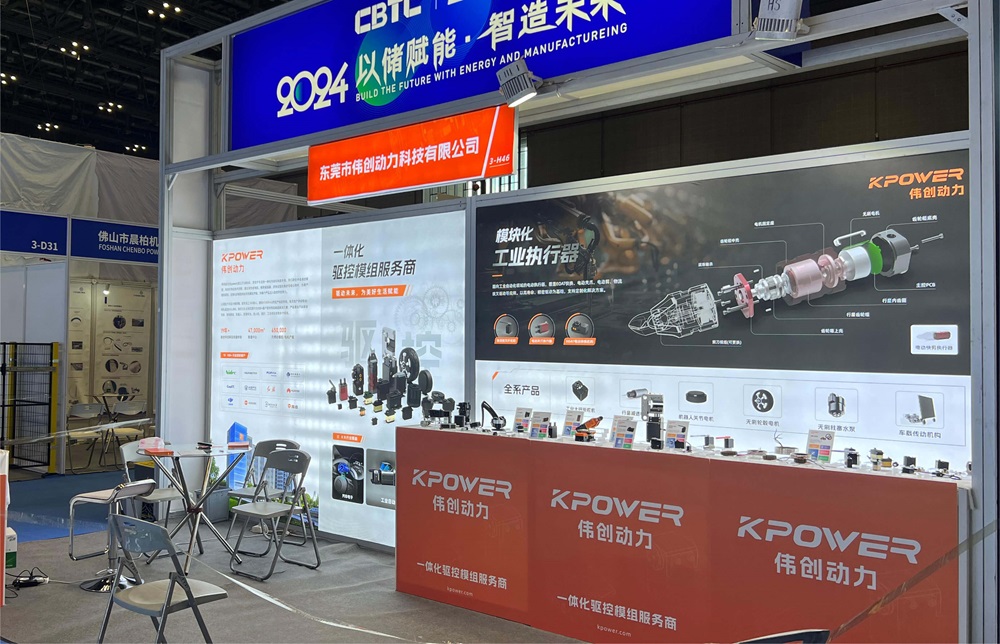In the exciting world of remote control (RC) hobbies and robotics, precision and flexibility are paramount. Whether you're building a remote-controlled car, airplane, boat, or a robotics project, the heart of your setup often revolves around servos—those tiny, powerful motors that translate your commands into movement. To ensure seamless control and smooth operation, RC servo extension cables play a vital role, acting as the connective tissue that bridges your servo motors with your receiver or control system.

At first glance, an RC servo extension cable might seem like a simple piece of wiring. However, beneath its unassuming exterior lies a carefully engineered component designed to address a multitude of challenges faced by hobbyists and engineers alike. These cables are vital for maintaining signal integrity, providing flexibility in complex setups, and ensuring long-term durability. If you're looking to upgrade your RC setup or troubleshoot connectivity issues, understanding the nuances of servo extension cables is an excellent place to start.
Why Use RC Servo Extension Cables?
In many RC projects, the servo physically cannot be placed close enough to the receiver due to design constraints or space limitations. For instance, mounting a servo in an airplane wing or inside a robotic arm might not be feasible with the standard servo wire length. Here’s where extension cables come into play—they allow you to extend your servo's wiring, giving you the freedom to position components optimally without sacrificing control quality.
Moreover, extension cables help in maintaining a cleaner, more organized setup. By lengthening the wire, you can route cables through structural components or conceal them for aesthetic purposes, reducing clutter and minimizing the risk of accidental disconnections or damage during operation.
Types of RC Servo Extension Cables
The market offers a variety of servo extension cables designed for different needs and preferences. They can generally be categorized based on their length, connector type, cable quality, and shielding. Here's a quick overview:
Standard Lengths: Most common are 6 inches (15 cm), 12 inches (30 cm), 24 inches (60 cm), and up to 36 inches (90 cm). The choice depends on your project layout; longer cables provide more flexibility but can also introduce signal degradation if not designed properly.
Connector Types: The most prevalent connectors are the Futaba-style and JR-style, both with 3-pin configurations for signal, power, and ground. Some extension cables come with secure locking mechanisms to prevent accidental disconnection.
Cable Quality: Higher-quality cables use shielded wiring to prevent electromagnetic interference (EMI), crucial for sensitive digital servos or complex setups with many electronic components.
Material and Durability: Upgraded versions feature flexible, abrasion-resistant coatings or reinforced connectors to withstand rough handling and long-term use.
Key Features to Consider When Choosing a Servo Extension Cable
Selecting the right extension cable isn’t just about length. Consider these important aspects:
Compatibility: Ensure the connector type matches your servo and receiver. Using incompatible connectors can damage components or cause connectivity issues.
Signal Integrity: For digital servos or high-precision applications, look for shielded cables that minimize noise and interference.
Cable Flexibility and Durability: If your project involves moving parts or dynamic environments, choose cables that are flexible and resistant to bending, twisting, and abrasion.
Connector Locking Mechanism: To secure the connection during vigorous operation, locking connectors help prevent accidental disconnections.
Length: Balance your needs—use the shortest length that provides enough flexibility and slack to prevent tension on the connector.
Installing and Maintaining Your RC Servo Extension Cables
Proper installation ensures longevity and optimal performance. Here are some handy tips:
Gently connect the extension cable to the servo and receiver, making sure the pins align correctly to avoid bending or damaging them.
Use cable ties or clips to secure the cable along the frame, avoiding tension or sharp bends.
Regularly inspect cables for signs of wear or damage, and replace them if needed to prevent failures mid-operation.
Keep connectors clean and free from dust and corrosion. Using dielectric grease can help protect against moisture and corrosion in humid environments.
In the upcoming second part, we’ll delve into advanced considerations, such as troubleshooting common issues with servo extension cables, innovative uses in modern robotics, and expert tips on customizing your wiring setup for maximum efficiency.
Leveraging innovations in modular drive technology, Kpower integrates high-performance motors, precision reducers, and multi-protocol control systems to provide efficient and customized smart drive system solutions.




































